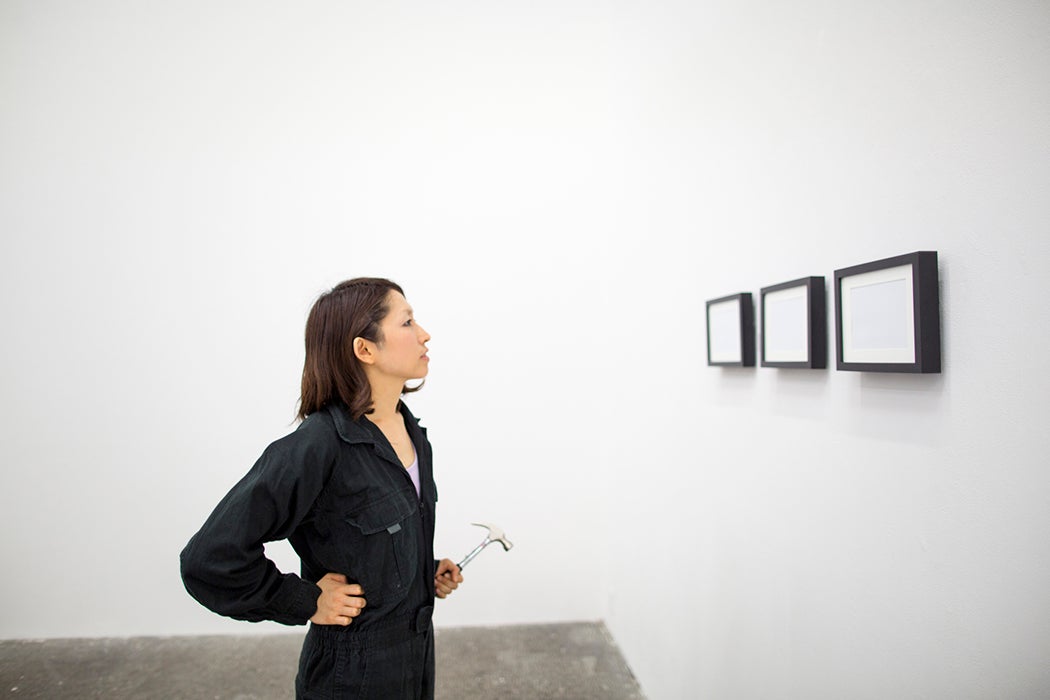Celebrated art historian and critic Linda Nochlin, who died last fall, was perhaps best known for her 1971 essay “Why Have There Been No Great Women Artists?” In this essay, Nochlin laid foundational groundwork for a public understanding of how systemic social, cultural, and political barriers barred women from partaking in the art world in numerous ways. She helped people to understand that it was not that there was an artistic male style or aesthetic that was privileged over some sort of feminine style, but that women had been kept out of the academy, and hence away from art production and the art market itself.
Art historian Whitney Chadwick describes the impact of Nochlin’s work, writing that Nochlin’s essay “signaled the beginning of a critical feminist art history.” Chadwick argues that “the questions Nochlin raised in the early 1970s remain central to current feminist art historical projects addressing issues of gender, production, and representation.”
And although Chadwick’s review of Nochlin’s work is from 1991, the questions she outlines are still relevant. A question like the following, for instance, is still pressing: “How are women artists positioned in relation to an erotic imagery created out of male needs and desires and enacted on the symbolic terrain of [a] woman’s body?” This is a question that viewers still need to grapple with at any major art museum, so that Nochlin’s analysis of the female form in art remains relevant nearly fifty years later.
Writer Mara Naselli recently described how her experience viewing Woman in Tub by Jeff Koons was transformed by having read Nochlin. Naselli describes seeing Koons’s take on a classic female nude bath scene, writing, “[i]t is not as if I ever liked the piece, but I didn’t quite have the language to reject it either.” That is, until she saw it again with fresh eyes after reading Nochlin. Through Nochlin’s words and guidance, Naselli was more equipped to navigate Koons’s nude while understanding her dislike for it—indeed, understanding that she was not the intended audience.
As a woman looking at a nude, Nochlin asked what role she was to assume. The role of the male viewer? The female subject? Neither really felt applicable to her. As such, women viewers are often left in a sort of liminal space, oscillating between being the subject and viewer, never being the original cis male viewer for whom the original work was intended.
Through her writing, teaching, and scholarship, Nochlin questioned the role of the male gaze on the female body, while also expanding the field of art history and gender studies in unmeasured ways. Contemporary female artists continue to work to alter representations of the body in creative, intelligent, and challenging ways, as with Jill Soloway’s Transparent or Kara Walker’s A Subtlety. Nochlin challenged future generations of artists and onlookers to question the role of the viewer—a radical move that continues to shift the art historical narrative and our popular gaze.







